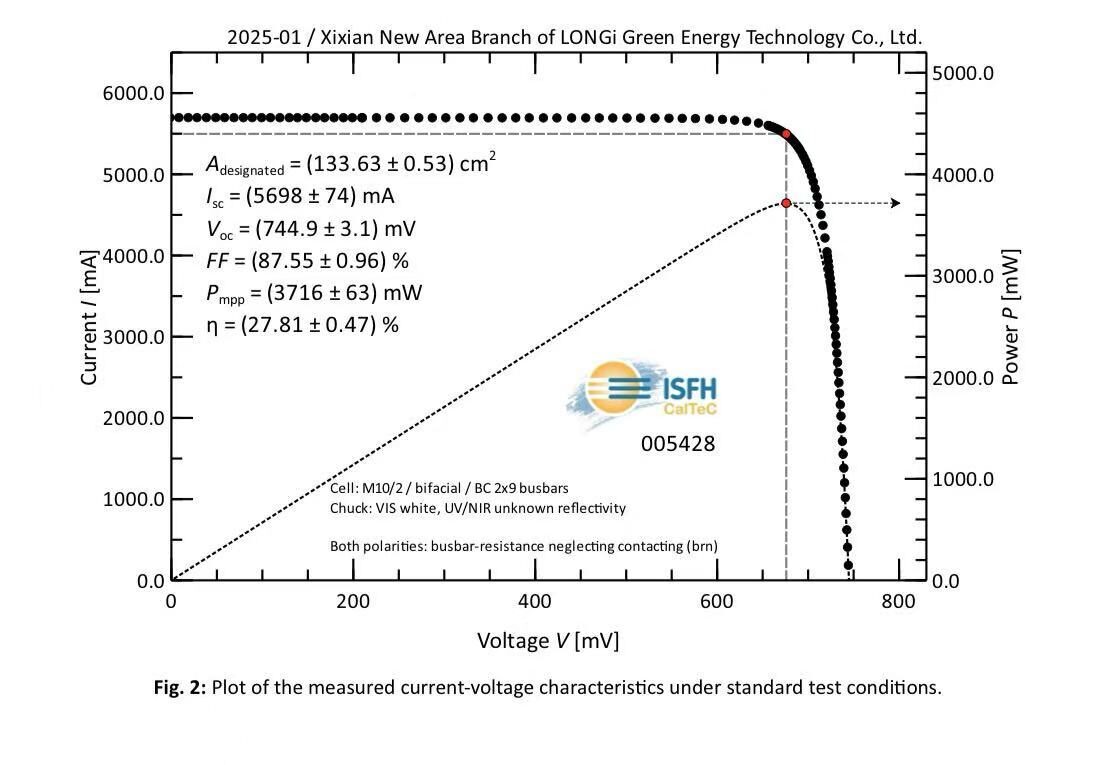Egyptian authorities and Indian energy company Renew Power signed a memorandum of understanding to establish an $8 billion green hydrogen facility near the Suez Canal. The first phase of the development plan, valued at $710 million, will cover 600,000 square meters. The facility is to produce 20,000 tons of green hydrogen and 100,000 tons of green ammonia by 2025. The deal targets export markets and, marginally, the internal market. According to the Egyptian government, the country is working on using hydrogen for shipping. The final aim is to produce 220,000 tons of green hydrogen and 1,100 million tons of green ammonia. It is not clear when the second phase of the project will be commissioned. The Suez Canal Economic Zone has so far concluded eight memoranda of understanding in the hydrogen field with international companies, including Maersk, Scatec and EDF Renewables. In November, Egypt will host the COP 27 in Sharm El-Sheikh. Egypt is also exploring hydrogen collaboration with Germany. In its 2035 energy strategy revisited this week, Egypt said it would focus on green hydrogen, wind and solar.
A research team led by the University of California, Los Angeles (UCLA) developed a method for predicting platinum alloys’ potency and stability, resorting to a combination of experiments, complex computation and X-ray spectroscopy. The researchers then created catalysts combining platinum, nickel and cobalt in a specific atomic structure and configuration based on their experimental measure. “They showed that the alloy they designed is both highly active and highly stable, a rare but much-needed combination for fuel cell catalysts,” wrote the University of California, Los Angeles. According to first author Jin Huang, the method could be applied to potential catalysts mixing platinum with a subset of metals beyond nickel and cobalt. The paper “Experimental Sabatier plot for predictive design of active and stable Pt-alloy oxygen reduction reaction catalysts” was published in Nature Catalysis.
Iberdrola and bp announced their intention to form a strategic collaboration aiming to help accelerate the energy transition. The two companies want to jointly work on large-scale green hydrogen production hubs in Spain, Portugal and the UK. The two companies also want to produce green ammonia for export, most likely to Northern Europe. Iberdrola and bp aim to finalize the joint venture agreement by the end of 2022. They would then explore potential future opportunities for green hydrogen production in other geographies. A second agreement focuses on electric mobility in the Iberian peninsula.
Ukraine and the European Union are considering hydrogen collaboration. “Our joint plans include the development of renewable energy sources together with biomethane and hydrogen,” said Ukrainian energy minister German Galushchenko following a meeting with Energy Commissioner Kadri Simson. “Ukraine has a significant potential for biomethane production; we are currently working on creating a full-fledged market for this biofuel. Hydrogen also has significant prospects — the EU has already identified Ukraine as one of the key partners in the development of hydrogen energy.”
H-TEC Systems has sold a PEM electrolyzer to Wenger Hydrogen, the general contractor for a project in Switzerland. “The Hydrogen Cube System (HCS), which H-TEC launched in the spring of this year, is suitable for multi-megawatt PEM electrolysis systems and enables gradual expansion and scaling up to 10 megawatts and more,” wrote H-TEC. The plant, through hydropower, will produce up to 900 kilograms of green hydrogen daily. It is scheduled to be commissioned at the end of next year.
More than 40 international participants announced the formation of the Nuclear Hydrogen Initiative (NHI), a coalition working to advance nuclear hydrogen. “NHI will facilitate the development of nuclear hydrogen demonstrations, engage the financial sector in nuclear hydrogen development, catalyze commercial partnerships and advocate for policies that support nuclear hydrogen deployment,” wrote the coalition.
This content is protected by copyright and may not be reused. If you want to cooperate with us and would like to reuse some of our content, please contact: editors@pv-magazine.com.



By submitting this form you agree to pv magazine using your data for the purposes of publishing your comment.
Your personal data will only be disclosed or otherwise transmitted to third parties for the purposes of spam filtering or if this is necessary for technical maintenance of the website. Any other transfer to third parties will not take place unless this is justified on the basis of applicable data protection regulations or if pv magazine is legally obliged to do so.
You may revoke this consent at any time with effect for the future, in which case your personal data will be deleted immediately. Otherwise, your data will be deleted if pv magazine has processed your request or the purpose of data storage is fulfilled.
Further information on data privacy can be found in our Data Protection Policy.